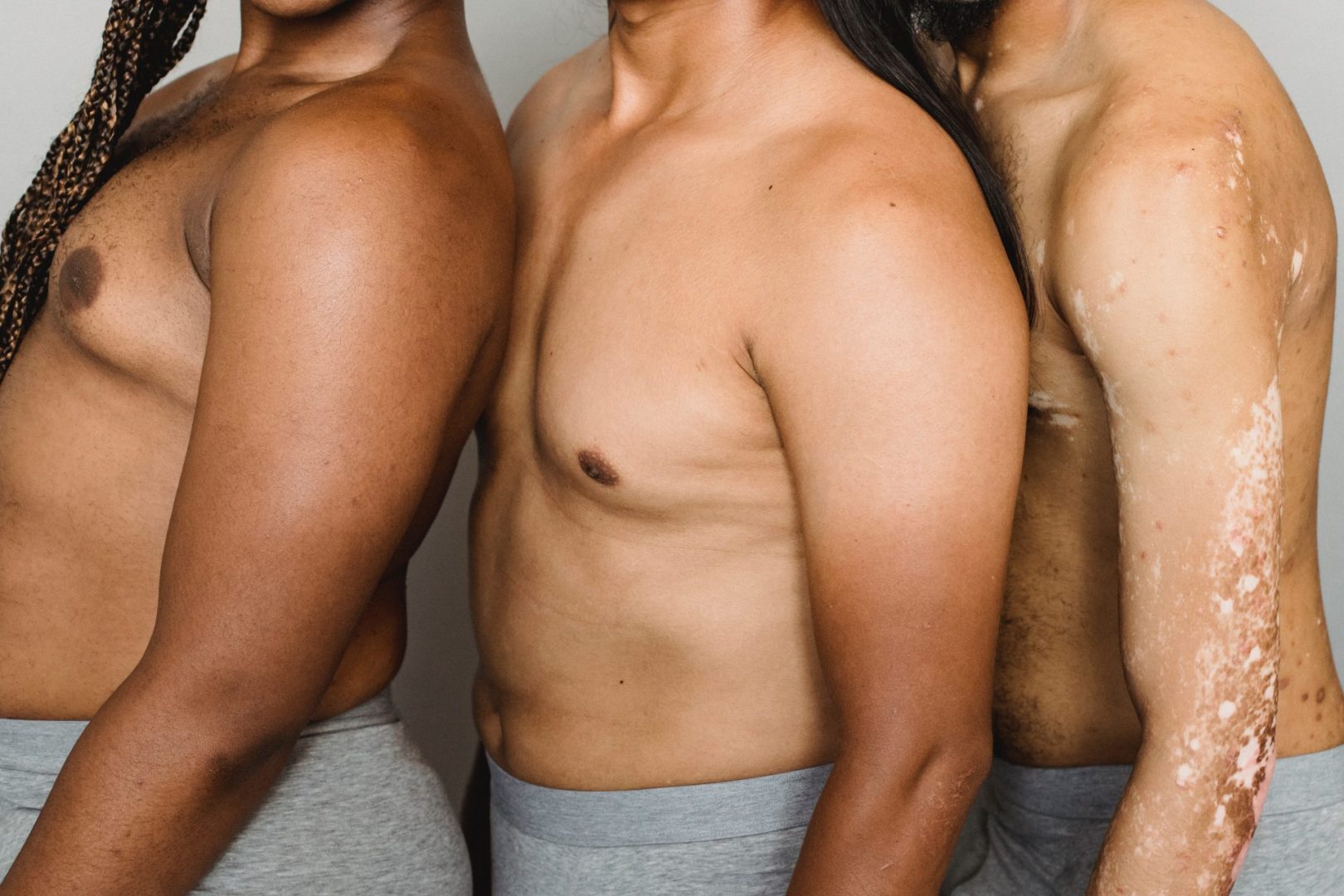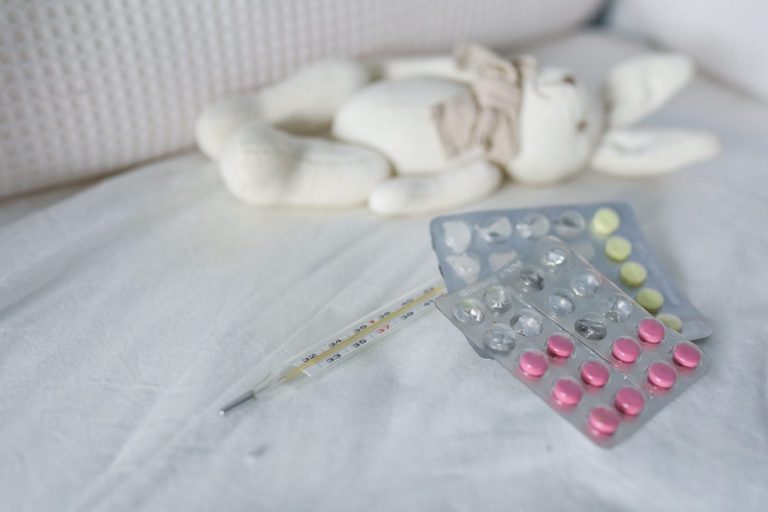Did my genes determine my body type?
I’m sure we’ve all picked up a magazine and stumbled upon a “Body Type Quiz”. Usually followed by a series of tips and tricks on how to better or alter said body type. But what really are these body types? And can we really change them? Of course we all want to know how to best nourish our body, but it’s also important to distinguish a misleading Fad Diet from what is healthy for you.
What types of body types are there?
A very popular theory came up about 80 years ago that divided people based on their layout of muscle and body fat. These were named ectomorph, mesomorph and endomorph:
- Ectomorphs are slim and overall skinny. They have a hard time gaining weight and muscle, possessing a small, slender frame.
- Mesomorphs tend to have a muscular and toned frame, easily gaining and losing body mass.
- Endomorphs naturally have a large frame and gain weight without difficulty. Their slow metabolism makes it hard to lose fat.
However, what this division failed to consider is that most people don’t fit into just one of these categories. We can all identify to some extent with more than one, if not all.
This theory had some uproar in its time and is still brought up sometimes, like you may find in magazines. But it’s better to focus on our particular bodies and lifestyles instead of trying to fit into a category.
What determines these features?
We already know many factors affect and help determine our body type, these can be lifestyle, sex, age, diet and, of course, genetics. We can attribute a great part of our body shape, size and composition to genes – it’s no wonder we look like our parents!
For many people this may be a discouraging factor, you may feel stuck in the body you have. You will probably even feel unmotivated to eat healthier and exercise more if all you are looking for is change. But it’s important to understand that the relation between your mother and father’s body and yours is not 1:1.
In reality, many genes determine what you’re going to look like. Changes are constantly occurring during your development that make it very hard to exactly predict the outcome.
Can I change my body type?
There is no way to get around your genes, but that doesn’t mean genes are all there is. We can’t overlook the importance of lifestyle and diet: eating healthy, exercising regularly and managing stress. These play a very relevant role, not only on our body type, but more importantly, on our well-being. By consuming more vegetables, fruit and cutting back on sugar, maintaining an active lifestyle and being mindful we can produce changes in our body.
Mind-Body Relationship
We tend to think only about exercise and nutrient intake as relevant when it comes to physical health. The truth is that our mental state plays a great role in how we physically feel, and vice-versa. Our bodies tend to express whatever we feel, sometimes even leading to physical pain as a consequence of a poor mental balance.
In order to feel good we have to take into account both these aspects:
- Making sure our body is fueled and active
- Caring for our mental health and well-being, knowing when to pause and reset
Creating good habits
Rather than investing your time trying to achieve what we perceive as a “perfect body”, prioritize health and feeling well. No one shape is better than the other, each one of our bodies tells a story. So don’t be fooled by magazines claiming impossible results that could do more harm than good.
If you want to know more about your body type and how to best nurture it, book an appointment with us here.
Ana Sofia Dantas is in the last year of her Bachelor’s in Psychology at the University of Porto. She is currently an intern at Willingness within the Health Clinic, with a special interest in neuroscience and social psychology.
Kemper, K. E., Visscher, P. M., & Goddard, M. E. (2012). Genetic architecture of body size in mammals. Genome biology, 13(4), 244. https://doi.org/10.1186/gb4016
Brownell, K. D. (1991). Dieting and the search for the perfect body: Where physiology and culture collide. In Behavior Therapy (Vol. 22, Issue 1, pp. 1–12). Elsevier BV. https://doi.org/10.1016/s0005-7894(05)80239-4
Agrawal, S., Wang, M., Klarqvist, M.D.R. et al. Inherited basis of visceral, abdominal subcutaneous and gluteofemoral fat depots. Nat Commun 13, 3771 (2022). https://doi.org/10.1038/s41467-022-30931-2
Schousboe, K., Visscher, P., Erbas, B. et al. Twin study of genetic and environmental influences on adult body size, shape, and composition. Int J Obes 28, 39–48 (2004). https://doi.org/10.1038/sj.ijo.0802524
Nickerson, C. (2022, Jan 23). Sheldon’s Constitutional Theory: Somatotyping. Simply Psychology. www.simplypsychology.org/sheldon-constitutional-theory-somatotyping







